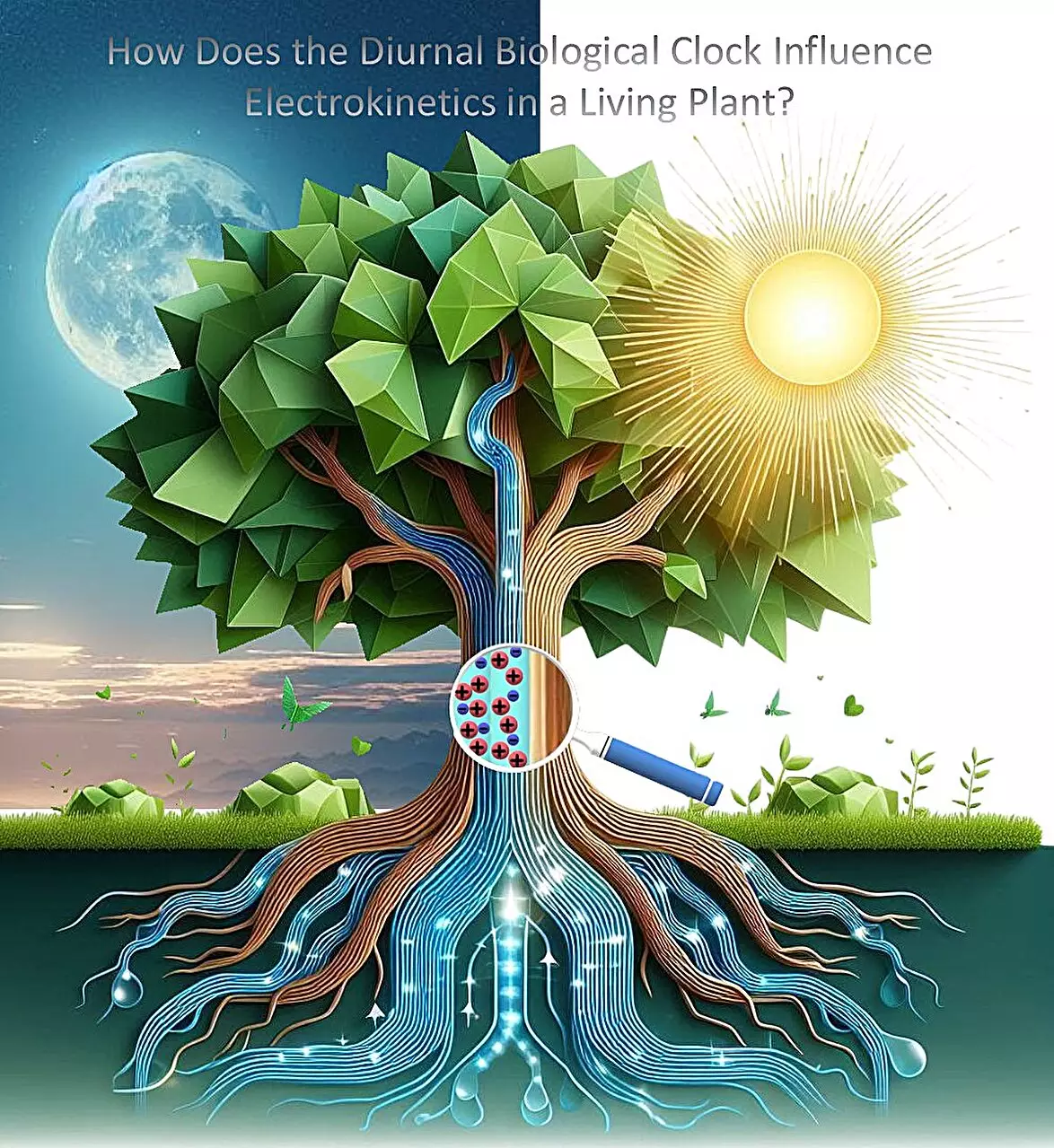Plants have long been known for their ability to convert sunlight into energy through the process of photosynthesis. However, recent research has shown that they hold even more potential when it comes to generating electricity. By drawing water from their roots, plants create an electric potential that could serve as a renewable energy source. This discovery has opened up new possibilities for sustainable energy generation that is in harmony with the environment.
Understanding the Science
A recent study conducted by researchers at the Indian Institute of Technology Kharagpur delved into the intricate details of how plants produce voltage and the influence of circadian rhythms on this process. The study focused on the electrical potential generated by water hyacinths and lucky bamboo, shedding light on the relationship between ion concentration, fluid flow, and pH levels. The researchers made a breakthrough in realizing that electricity production in plants follows a cyclic rhythm closely tied to their natural daily processes.
The most significant finding of the study was the discovery that plants can regulate the flow of sap in accordance with their day and night cycles. This means that plants actively adjust their electrical streaming potential based on the concentration of ions and the pH of the fluid within them. By tapping into this natural rhythm, researchers believe that it is possible to extract electrical power from plants in a sustainable manner without causing harm to the ecosystem.
As our world searches for cleaner and more sustainable sources of energy, the potential offered by plants cannot be ignored. By understanding and harnessing the power of circadian rhythms in plants, we may be able to unlock a continuous and renewable energy source that poses minimal environmental impact. The research conducted by the team at the Indian Institute of Technology Kharagpur has provided valuable insights into the possibilities that lie ahead in the realm of plant-based electricity generation. It is a promising step towards a greener and more sustainable future.


Leave a Reply